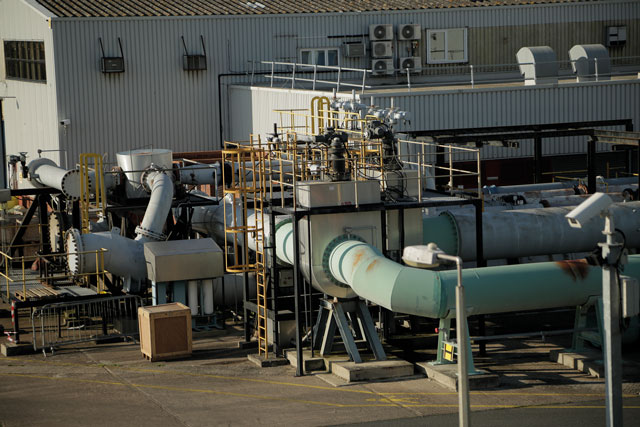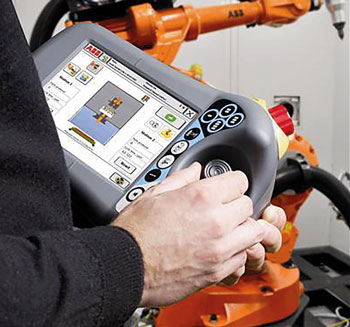
The ISO17025 standard was created to help assure consistency in the way that equipment, including measurement instruments, is tested and calibrated. Dr Jonathan Farrington, service product manager at ABB Measurement & Analytics, explains what this means both for users and calibration providers.
Despite ISO 17025 having been around since 1999, there is still a lot of uncertainty around who it applies to, what it means and its benefits both for end users and testing and calibration laboratories alike. The following is an attempt to cut through the confusion and explain the importance of the standard.
Verifying best practice
The main aim of calibration is to introduce a known standard against which the accuracy of a measurement can be checked.
The purpose of ISO 17025 is to introduce a recognised and verifiable level of good practice so that end users can be confident that a provider of calibration and testing services has undertaken the correct steps when calibrating their equipment.
The standard covers any organisation offering testing and calibration services. Its purpose is to ensure that anyone purporting to calibrate a device is competent to do so, in order to provide assurance of the accuracy of the resulting data from their calibration process. Recognising that different laboratories use different methods to test and calibrate a device, ISO 17025 covers both standard and non-standard methods, as well as any procedures developed by the laboratories themselves.
A benchmark for providers
Despite it not being a mandatory requirement, ISO 17025 will be used as the benchmark against which a provider of calibration services will be compared in the event of any consequences arising from an incorrectly calibrated product. As this may potentially include liability for personal injury, the financial and reputational benefits of being accredited to the standard soon become clear.

In the UK, accreditation for testing and calibration is managed by the United Kingdom Accreditation Service (UKAS), which operates in accordance with ISO 17011:2004, a global standard governing the general requirements for accreditation bodies.
Assurance for users
The efficiency of any industrial or utility process ultimately relies on accurate measurement. Whether the data from an instrument is used to help maximise product quality or as part of a critical safety system, it is vital that a plant operator can count on the accuracy of that device.
For end users, in the event of a problem ISO 17025 provides the ability to demonstrate that they used an accredited provider and thus show that they took every possible step to assure the accuracy of their measurement instruments.
Organisations offering test and calibration services in the UK that have been accredited by UKAS will be able to demonstrate a schedule of accreditation.
Calibration facilities
ABB in the UK operates two accredited calibration laboratories, both located at its manufacturing site in Stonehouse, Gloucestershire.
One laboratory is for the calibration of flowmeters sized from 1mm to 2.4m at accuracies down to Å}0.1%. Incorporating both small and large scale rigs, this lab enables a wide variety of flowmeter types to be calibrated to the leading international standards. It can also be used to test control valves from 25mm to 600mm and weighing up to 10 tonnes in accordance with the EN ISO 60534-2-3 standard for control valve testing.
The other laboratory is for the calibration of temperature, electrical and pressure instruments. It can be used to conduct both physical and simulated calibrations, with ranges from -35ÅãC to 1,200ÅãC and -200ÅãC to 1,768ÅãC respectively.
Gas pressure calibrations can be performed in ranges from -85kPa to 100kPa and 100kPa to 2MPa.
Electrical calibrations can be performed for the measurement and generation of voltage, current and resistance. Both facilities are available for use by third parties.
Further information:
E: instrument.support@gb.abb.com
T: 03339 997996 ref. ‘Calibration’.

